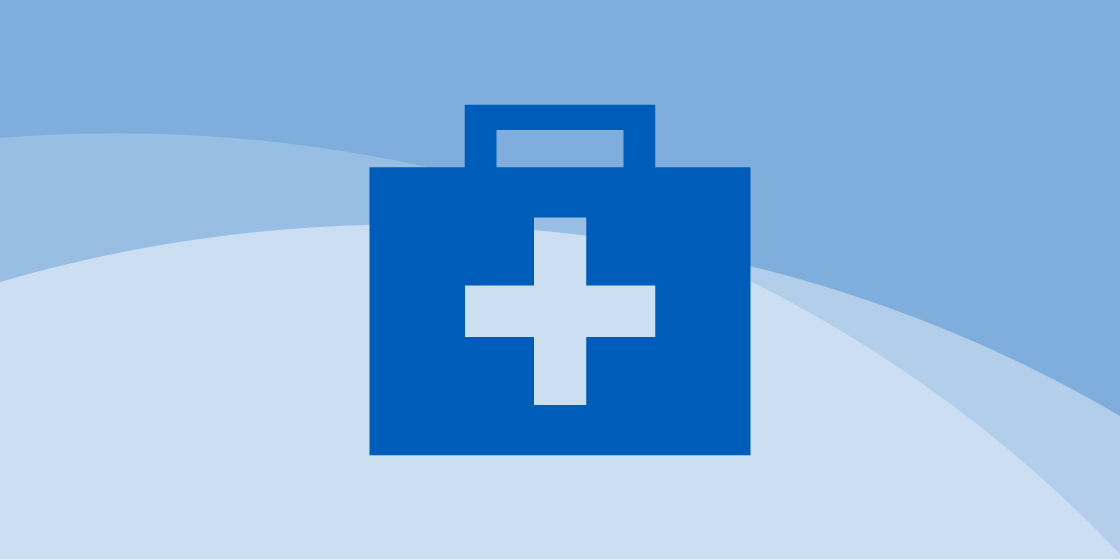
March 12, 2018 | By: Shailen Singh
Categories: Diagnosis & Health Care
My son receives therapy through school. He goes to private therapy twice a week. He has a hospital occupational therapist who helps us with bracing. He has a regular pediatrician, a neurologist, and an orthopedist. He has almost 10 people who work with him. However, we realized the other day that none of them talk to each other.
That’s a problem on a couple of levels. In the grand scheme of things, everyone is working to make sure my son is as good as he possibly can be. But with different focuses and priorities, it can result in people stepping over each other.
For example, my son’s school therapy is focusing on using Picture Exchange Communication (PECS) cards for communication. Meanwhile, my son’s private therapy is focused on assistive technology. That means that two different people are teaching my son two different ways to do the same thing. This is like teaching him that both French and English should be his primary languages.
That had to change, especially as my son gets older and we start focusing in on the things that work well for him.
So here is our approach:
These are just a few steps we took to make sure everyone is on the same page. It was something we hadn’t thought about. I must do everything I can to make sure everyone is moving in the same direction, and provide the best care for my son.
If your child has multiple providers, they may benefit from a medical home model of care.

The last time my son was in the hospital, it was a children’s hospital. But recently, after he fell out of bed and broke his leg, he was taken to an adult hospital and needed surgery. I’m forever grateful to the doctors and nurses caring for him through it all.
Categories: Diagnosis & Health Care, Transition to Adulthood

Brushing your child’s teeth from an early age can keep them healthy and their teeth strong. Children with disabilities often need extra help with oral hygiene.
Categories: Diagnosis & Health Care

Healthcare decisions should be based on the needs of patients, not their age. Pediatric patients are treated based on their size. The right dose of medicine is determined using their height and weight. Equipment is sized for their safety and comfort.
Categories: Diagnosis & Health Care